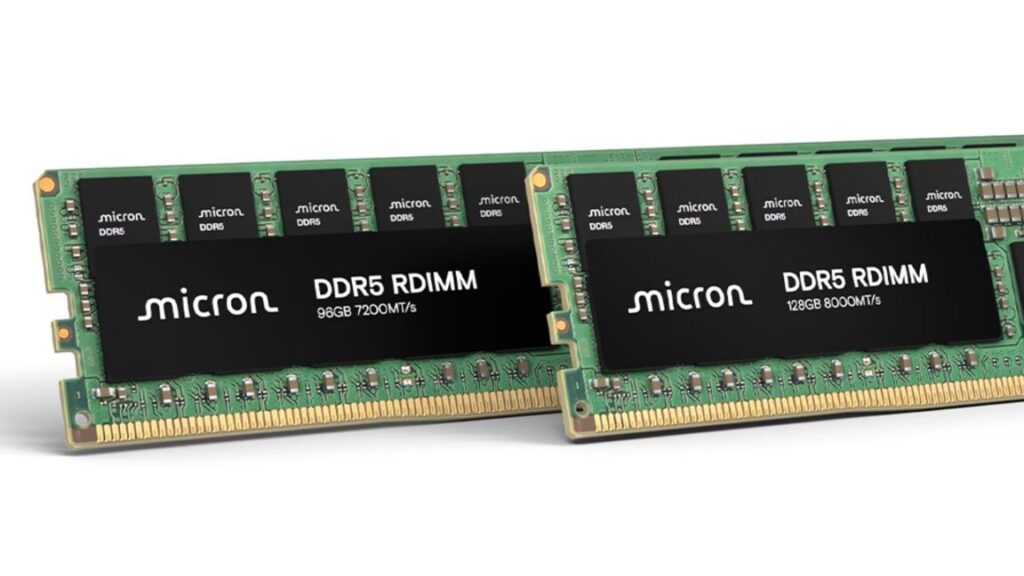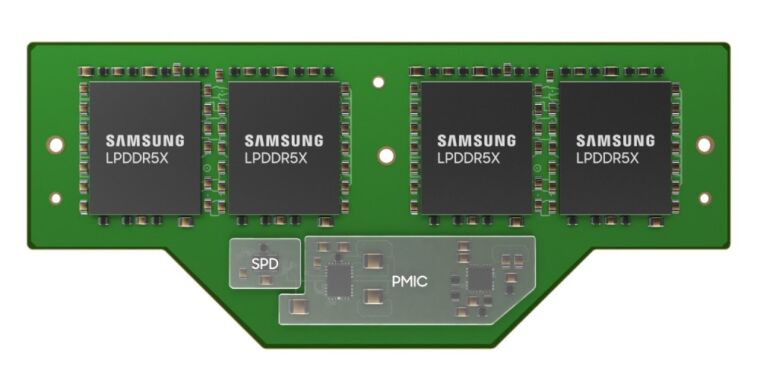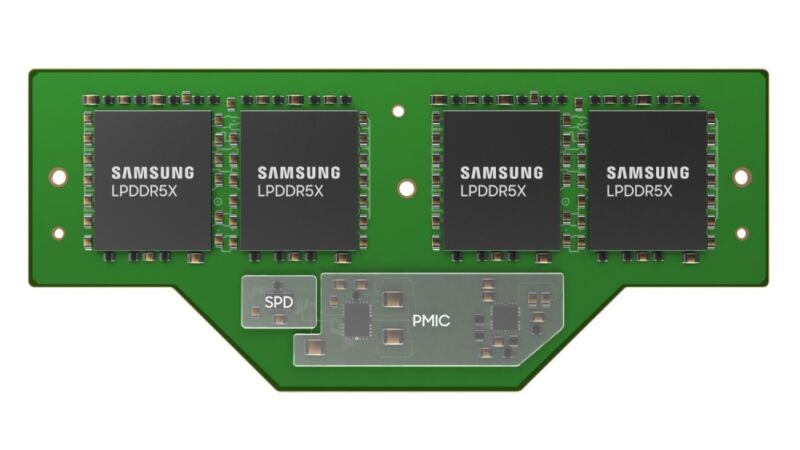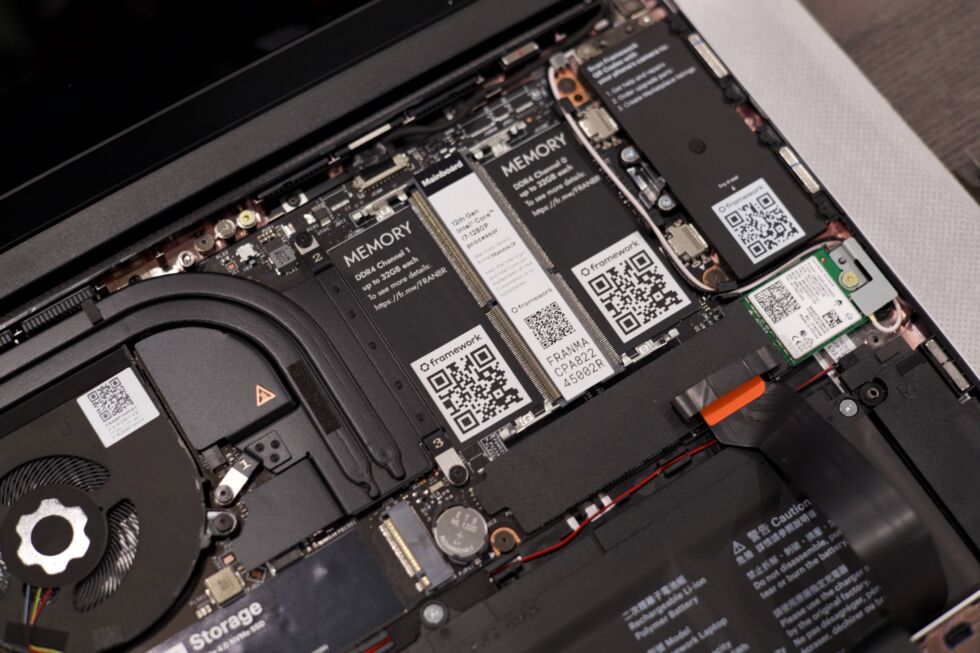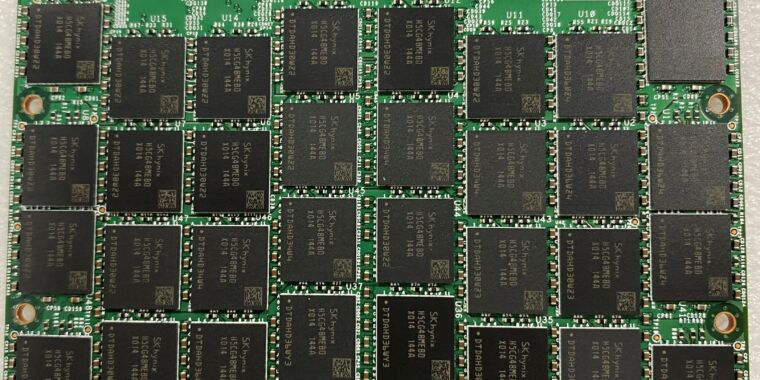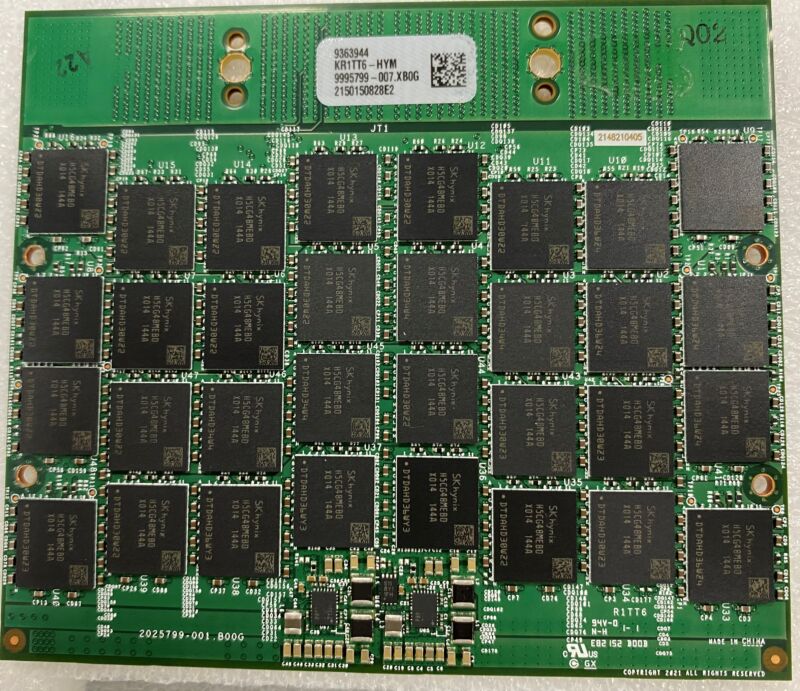High RAM prices mean record-setting profits for Samsung and other memory makers
Supply shortages and big price increases for RAM and storage have been a major drag for enthusiasts and PC builders in recent months. And while we haven’t yet seen large, widespread price increases for memory-dependent products like pre-built laptop PCs, smartphones, and graphics cards, most companies expect that to change this year if shortages continue.
In the meantime, memory manufacturers are riding high demand and high prices to record profits.
In revenue guidance released this week, Samsung Electronics predicts it will make between 19.9 and 20.1 trillion Korean won in operating profit (roughly $13.8 billion USD) in Q4 2025, compared to just 6.49 trillion won in Q4 of 2024.
Samsung is way more than just a memory business, of course, but its fortunes often rise and fall along with its memory division; Samsung’s profits were dropping dramatically in 2023 partly because of an oversupply of memory that made its memory division lose billions of dollars.
Less-diversified companies that primarily make memory are also raking in money lately. SK Hynix posted its “highest-ever quarterly performance” in Q3 of 2025 with 11.38 trillion Korean won (about $7.8 billion) in operating profit, up from 7.03 trillion in Q3 of 2024, and an operating margin that increased from 40 percent to 47 percent. SK Hynix credits “expanding investments in AI infrastructure” and “surging demand for AI servers” for its performance.
Micron—which recently decided to exit the consumer RAM and storage markets but is still selling its products to other businesses—also reported a big boost to net income year over year, from $1.87 billion in Q1 2025 to $5.24 billion in Q1 2026. This has generated the company’s “highest ever free cash flow.”
“Total company revenue, DRAM and NAND revenue, as well as HBM and data center revenue and revenue in each of our business units, also reached new records [in fiscal Q1],” wrote Micron CEO Sanjay Mehrotra.
Why is RAM so expensive right now?
Reading these upbeat earnings reports and forecasts will be cold comfort to people trying to build or upgrade a PC, who have seen the price of a 32GB kit of DDR5-6000 increase from $80 in August 2025 to $340 today. And if the current AI boom continues, it’s unlikely to improve in the near term.
High RAM prices mean record-setting profits for Samsung and other memory makers Read More »

